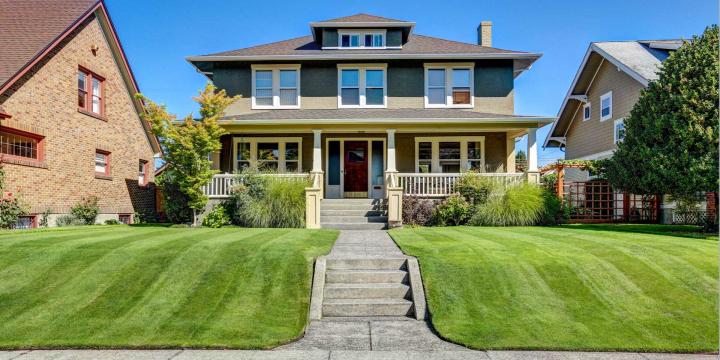Course Info
7 video lessons (81 Mins)
Published
2024Trending
-
4.67
Preview Course
Browse Course Chapters
-
1.Introduction
3 mins
-
2.A Brief History of Coastal Disasters
15 mins
-
3.Environmental Factors
16 mins
-
4.Social and Economic Factors
10 mins
-
5.Resilience Strategies for Coastal Environments
23 mins
-
6.Case Studies
10 mins
-
7.Conclusion
2 mins
What You Will Learn
1. Introduce coastal hazards 2. Understand the history of coastal events 3. Understand key resilience planning concepts 4. Assess vulnerabilities to coastal hazards in your community 5. Assess physical and social vulnerabilities 6. Identify practices and policies to foster physical, economic, and social resilience to coastal hazardsCourse Description
Natural hazards represent an enormous threat to human health, safety, and welfare. Our vulnerability to natural hazards is exacerbated by growing populations in hazard-prone areas and patterns of development that expose more households to threats. Climate change also contributes to increased threats of everything from heat waves to hurricanes, severe droughts, tornadoes, and torrential rain. This combination of factors means the human and economic costs of disasters continue to grow.
Even as we witness the rising human and economic toll from hurricanes, coastal flooding, loss of habitat, and other challenges, people continue to flock to vulnerable areas. Conventional responses to coastal hazards have relied on engineering solutions like seawalls and levees, which, while effective, cannot be our only approach to mitigating coastal threats. This course takes a holistic approach to responding to coastal hazards, focusing on resilience strategies that reduce vulnerabilities and enhance responsiveness and recovery when disaster strikes. Because planners have a unique role in cities to address the built environment as well as the social and economic environments, we are uniquely positioned to be leaders in building more resilient and sustainable coastal communities.
Learn these skills
- Disaster Planning
- Environmental Planning
- Land Use
- Resilience Planning
- Sustainability
AICP CM
This course is approved for 1.25 AICP CM credit, including 1 Sustainability and Resilience credit.



























